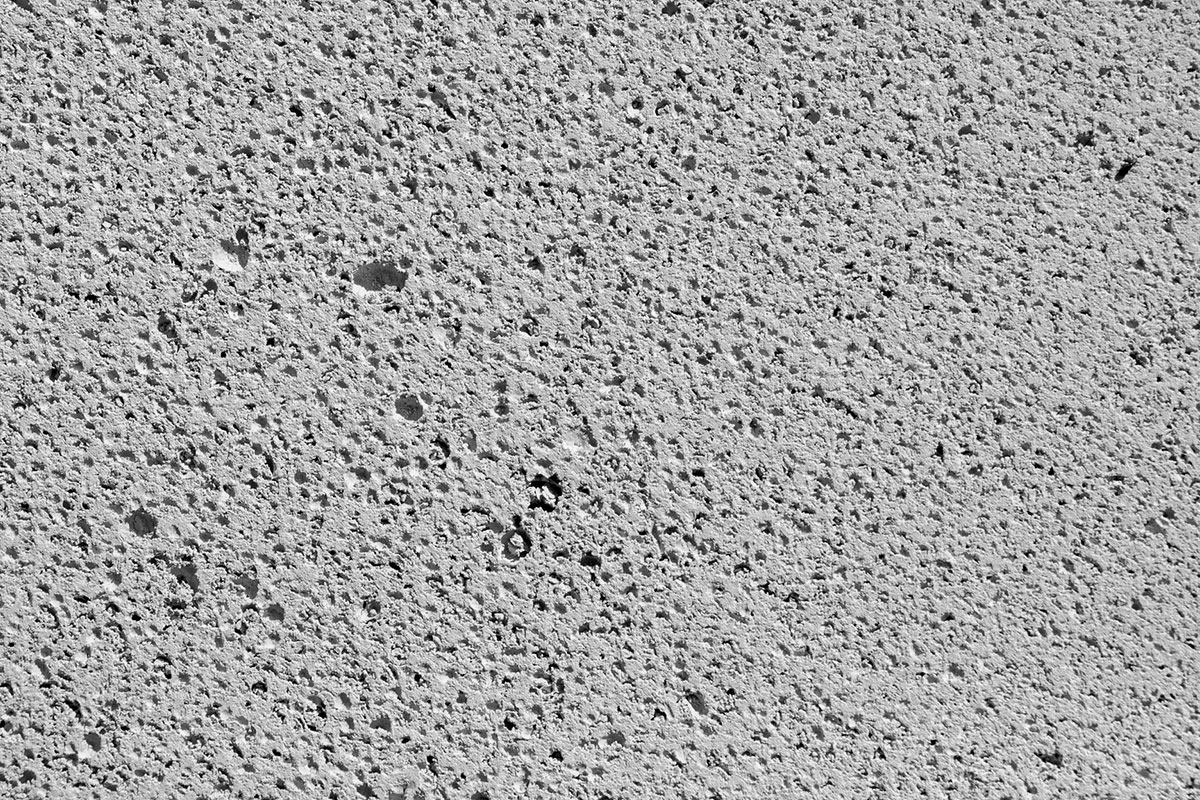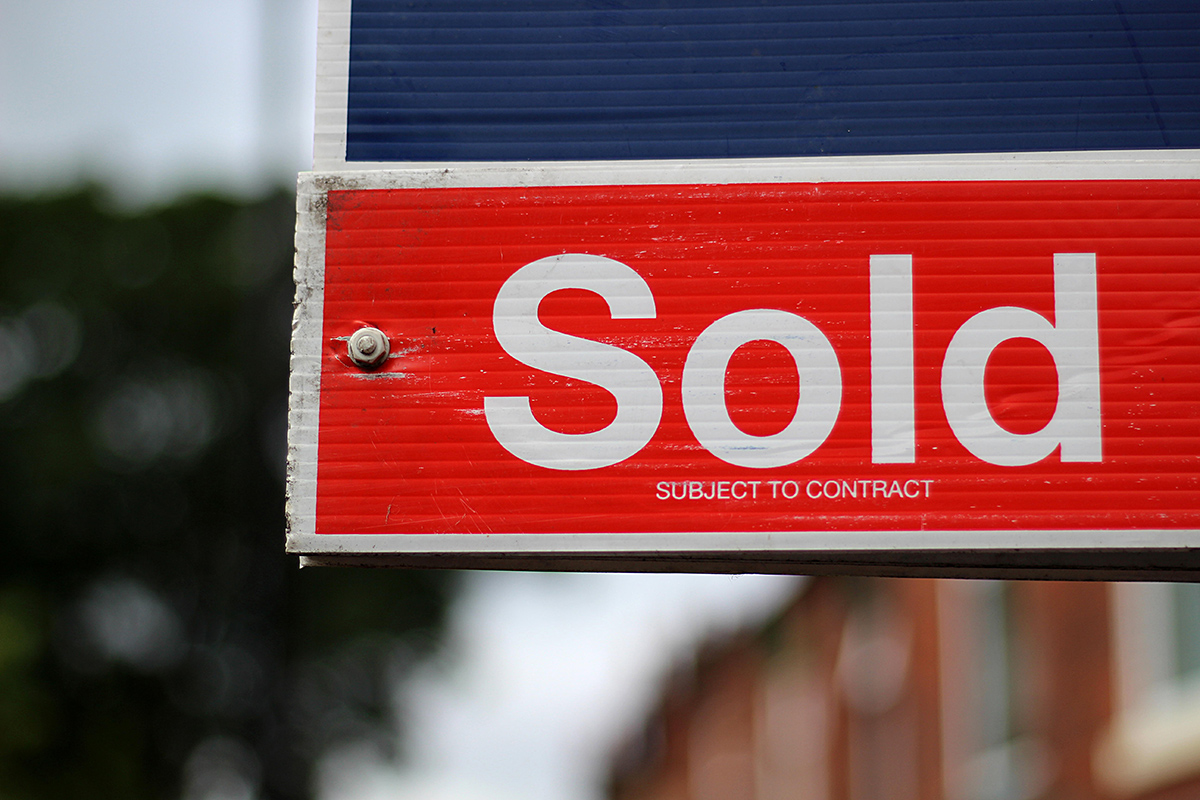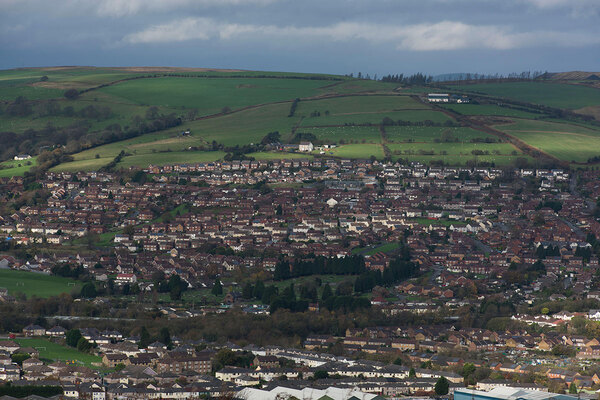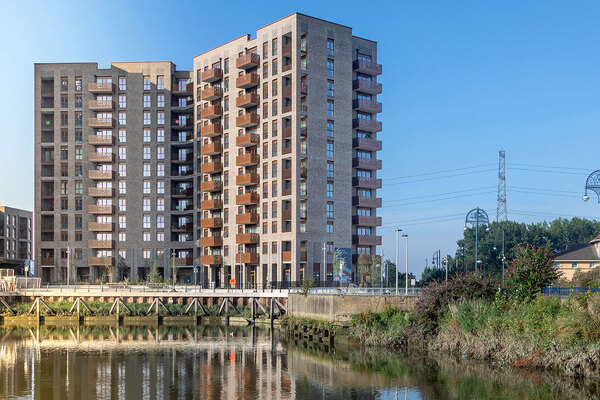You are viewing 1 of your 1 free articles
Nine Scottish landlords with RAAC named by regulator
Nine Scottish landlords who have identified reinforced autoclaved aerated concrete (RAAC) in their housing stock have been named.
The Scottish Housing Regulator (SHR) has now named the nine landlords after it revealed last week that 953 social homes across Scotland are affected by RAAC.
A total of 97 landlords have now confirmed that there is no RAAC present in their homes, while 59 are continuing to investigate their properties. The number of homes currently under investigation is 27,318, the regulator said.
Those named by the SHR are Aberdeen City Council, Almond Housing Association, Angus Council, City of Edinburgh Council, Clackmannanshire Council, North Lanarkshire Council, South Lanarkshire Council, Stirling Council and West Lothian Council.
The lightweight concrete was used between the 1950s and 1990s in the floors, walls and roofs of some buildings in Scotland, including residential properties.
More than 100 English schools have recently either partially or fully closed due to fears over the risk of RAAC, which is weaker than standard concrete and more prone to collapse because of its “bubbly” construction.
In October, Aberdeen City Council revealed suspicions that the potentially dangerous concrete was used in hundreds of homes on the Balnagask Estate in the south-east of the city.
In the same month, Michael Cameron, chief executive of the SHR, had asked landlords in a letter to submit information to establish the extent of potentially dangerous concrete in their social housing stock.
After naming the landlords this week, Nicola Harcus, assistant director of regulation at SHR, said: “We will continue to update the information we have on the presence of RAAC in social housing as landlords complete their outstanding investigations.
“We will engage with those landlords who have RAAC in their homes to get appropriate assurance about their management of that RAAC. This will include a follow-up data collection with those landlords over the next few months.”
Sign up for our Scotland newsletter
Already have an account? Click here to manage your newsletters











